Thomas Stothard (1755 – 1834)
Get a Stothard Certificate of Authenticity for your painting or a COA for your Boucher drawing or print.
For all your Stothard artworks you need a Certificate of Authenticity in order to sell, to insure or to donate for a tax deduction.
How to get a Stothard Certificate of Authenticity is easy. Just send us photos and dimensions and tell us what you know about the origin or history of your Stothard painting, drawing or print.
If you want to sell your Stothard painting, drawing or print use our selling services. We offer Stothard selling help, selling advice, private treaty sales and full brokerage.
We have been authenticating Stothard and issuing certificates of authenticity since 2002. We are recognized Stothard experts and Stothard certified appraisers. We issue COAs and appraisals for all Stothard artworks.
Our Stothard paintings, drawings and print authentications are accepted and respected worlwide.
Each COA is backed by in-depth research and analysis authentication reports.
The Stothard certificates of authenticity we issue are based on solid, reliable and fully referenced art investigations, authentication research, analytical work and forensic studies.
We are available to examine your Stothard painting, drawing or print anywhere in the world.
You will generally receive your certificates of authenticity and authentication report within two weeks. Some complicated cases with difficult to research Stothard paintings or drawings take longer.
Our clients include Stothard collectors, investors, tax authorities, insurance adjusters, appraisers, valuers, auctioneers, Federal agencies and many law firms.
We perform Thomas Stothard art authentication, appraisal, certificates of authenticity (COA), analysis, research, scientific tests, full art authentications. We will help you sell your Thomas Stothard or we will sell it for you.
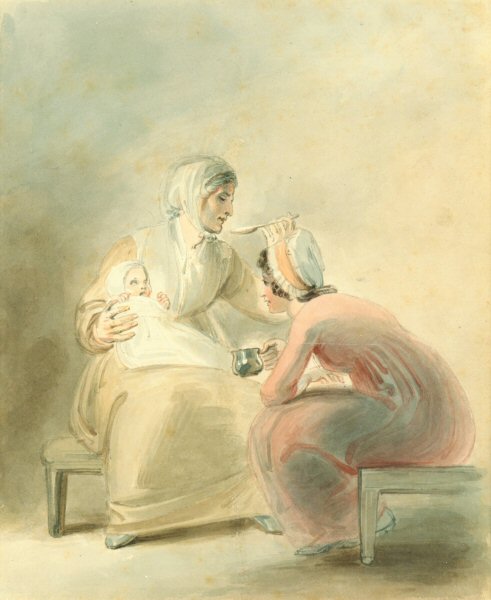
Thomas Stothard was an English painter and engraver. He was born in London, the son of a well-to-do innkeeper in Long Acre. Being a delicate child, he was sent at the age of five to a relative in Yorkshire, and attended school at Acomb, and afterwards at Tadcaster and at Ilford, Essex. Showing talent for drawing he was apprenticed to a draughtsman of patterns for brocaded silks in Spitalfields, and during his spare time he attempted illustrations for the works of his favourite poets. Some of these drawings were praised by Harrison, the editor of the Novelist’s Magazine. Stothard’s master having died, he resolved to devote himself to art.
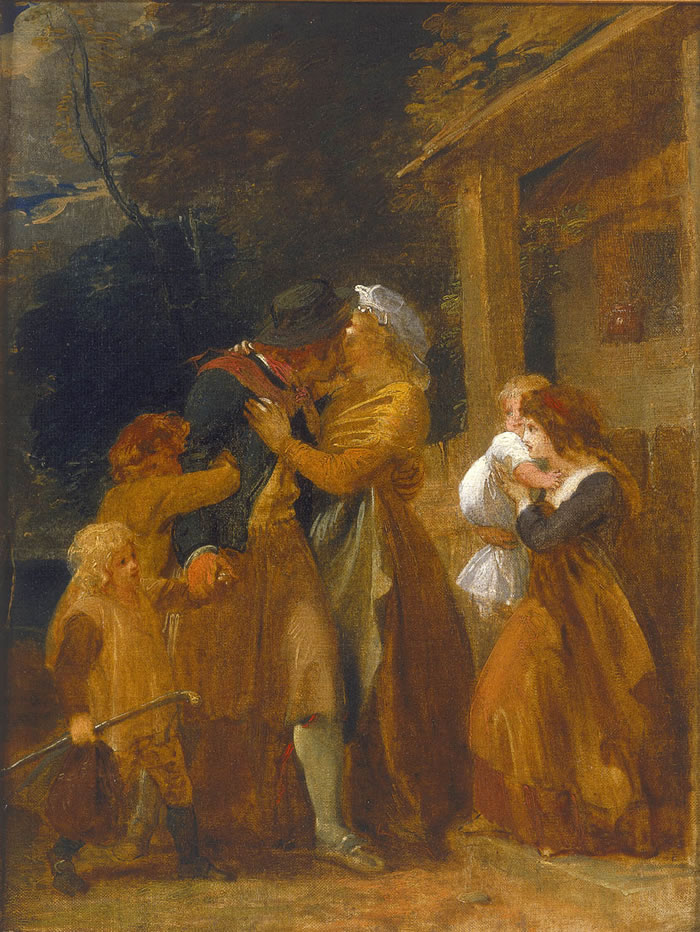
In 1778 he became a student of the Royal Academy, of which he was elected associate in 1792 and full academician in 1794. In 1812 he was appointed librarian, having served as assistant for two years. Among his earliest book illustrations are plates engraved for Ossian and for Bell’s Poets; and in 1780 he became a regular contributor to the Novelist’s Magazine, for which he produced 148 designs, including his eleven illustrations to Peregrine Pickle and his graceful subjects from Clarissa and Sir Charles Grandison.
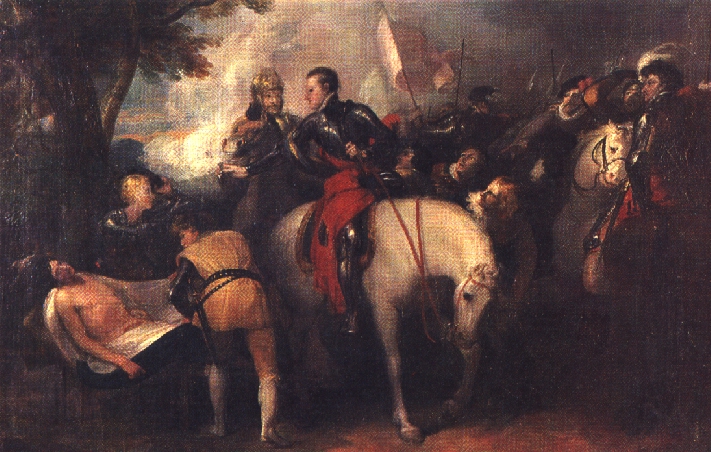
From 1786, Thomas Fielding, a friend of Stothard’s and engraver, produced engravings using designs of Stothard, Angelika Kauffmann, and of his own. Arcadian scenes were especially esteemed. Fielding realized these in color, using copper engraving, and achieved excellent quality. Stothard’s designs had an exceptional aesthetic appeal.
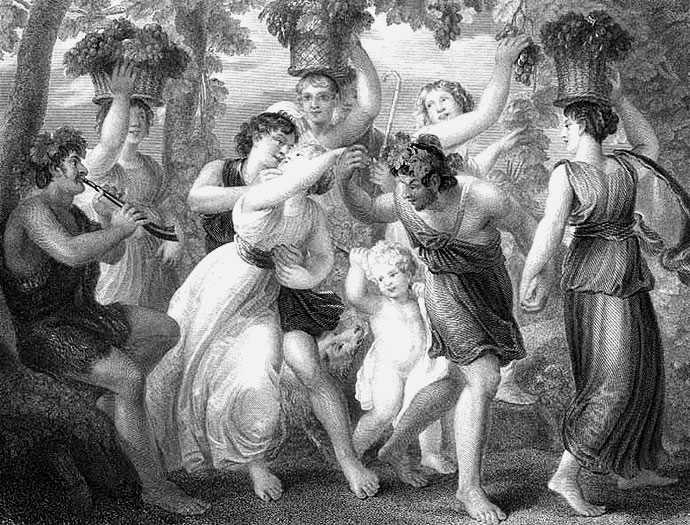
He designed plates for pocket-books, tickets for concerts, illustrations to almanacs, portraits of popular actors–into all these he infused a grace and distinction which make them sought after by collectors. Among his more important series are the two sets of illustrations to Robinson Crusoe, one for the New Magazine and one for Stockdale’s edition, and the plates to The Pilgrim’s Progress (1788), to Harding’s edition of Goldsmith’s Vicar of Wakefield (1792), to The Rape of the Lock (1798), to the works of Solomon Gessner (1802), to William Cowper’s Poems (1825), and to The Decameron; while his figure-subjects in the superb editions of Samuel Rogers’s Italy (1830) and Poems (1834) prove that even in old age his imagination was still fertile, and his hand firm. He is at his best in subjects of a domestic or a gracefully ideal sort; the heroic and the tragic were beyond his powers.
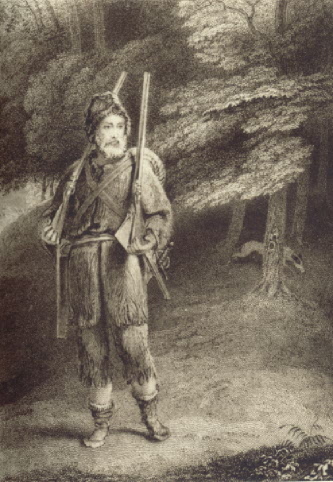
The designs by Stothard were estimated by art historian Ralph Nicholson Wornum to number five thousand, and of these about three thousand have been engraved. His oil pictures are usually small in size. Their coloring is often rich and glowing, being founded upon the practice of Rubens, of whom Stothard was a great admirer. The “Vintage,” perhaps his most important oil painting, is in the National Gallery. He was a contributor to John Boydell’s Shakespeare Gallery, but his best-known painting is the “Procession of the Canterbury Pilgrims,” also in the National Gallery, the engraving from which, begun by Luigi and continued by Niccolo Schiavonetti and finished by James Heath, was immensely popular. The commission for this picture was given to Stothard by Robert Hartley Cromek, and was the cause of a quarrel with his friend William Blake. It was followed by a companion work, the “Flitch of Bacon,” which was drawn in sepia for the engraver but was never carried out in color.

In addition to his easel pictures, Stothard decorated the grand staircase of Burghley House, near Stamford in Lincolnshire, with subjects of War, Intemperance, and the Descent of Orpheus in Hell (1799-1803); the mansion of Hafod, North Wales, with a series of scenes from Froissart and Monstrelet (1810); the cupola of the upper hall of the Advocates’ Library, Edinburgh (later occupied by the Signet Library), with Apollo and the Muses, and figures of poets, orators, etc. (1822); and he prepared designs for a frieze and other decorations for Buckingham Palace, which were not executed, owing to the death of George IV. He also designed the magnificent shield presented to the Duke of Wellington by the merchants of London, and executed with his own hand a series of eight etchings from the various subjects which adorned it. In the British Museum is a collection, in four volumes, of engravings of Stothard’s works, made by Robert Balmanno.
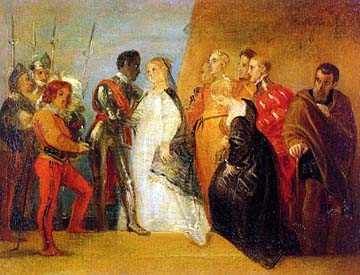
Still wondering about a British engraving or painting in your family collection? Contact us…it could be by Thomas Stothard.
Reviews
1,217 global ratings
5 Star
4 Star
3 Star
2 Star
1 Star
Your evaluation is very important to us. Thank you.
